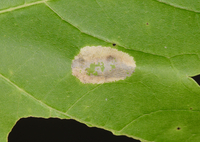
| Recorded by: Jim Petranka on 2023-05-17
Montgomery Co.
Comment: Adult was reared. | 
| Recorded by: Jim Petranka on 2023-05-17
Montgomery Co.
Comment: Adult was reared. |

| Recorded by: Tracy S. Feldman on 2022-05-23
Durham Co.
Comment: | 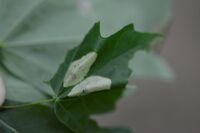
| Recorded by: Tracy S. Feldman on 2022-05-23
Durham Co.
Comment: |

| Recorded by: Tracy S. Feldman on 2022-05-23
Durham Co.
Comment: | 
| Recorded by: Tracy S. Feldman and Charley Eiseman on 2019-05-24
Wake Co.
Comment: A view of the underside of a leaf of Acer floridanum that has a lower-surface tentiform mine. An adult emerged on 6-23-2019 (see companion photo). |
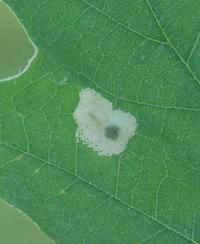
| Recorded by: Tracy S. Feldman and Charley Eiseman on 2019-05-24
Wake Co.
Comment: A view of the upperside of a leaf of Acer floridanum that has a lower-surface tentiform mine. The dark area is a frass ball. An adult emerged on 6-23-2019 (see companion photo). | 
| Recorded by: Tracy S. Feldman and Charley Eiseman on 2019-05-24
Wake Co.
Comment: An adult that emerged on 6-23-2019 from a mine that was collected on 5-24-2019 (see companion photo). Photo of adult by Charley Eiseman. |
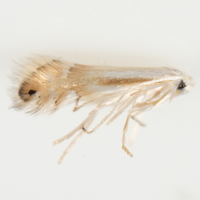
| Recorded by: Tracy S. Feldman and Charley Eiseman on 2017-08-24
Scotland Co.
Comment: | 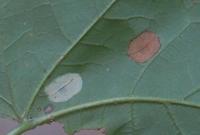
| Recorded by: Tracy S. Feldman on 2017-08-22
Scotland Co.
Comment: Two lower-surface tentiform mines on Acer floridanum. An adult emerged two days later (see companion photo for 2017-08-24). |
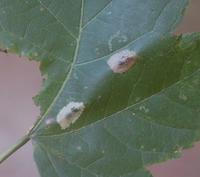
| Recorded by: Tracy S. Feldman on 2017-08-22
Scotland Co.
Comment: A view of the upper leaf surface of Acer floridanum with two lower-surface tentiform mines. An adult emerged two days later (see companion photo for 2017-08-24). | 
| Recorded by: Tracy S. Feldman and Charley Eiseman on 2017-07-17
Durham Co.
Comment: An adult that emerged from a leaf mine on Acer floridanum (see companion photo of the mine from 2017-07-04). Photo by Charley Eiseman. |
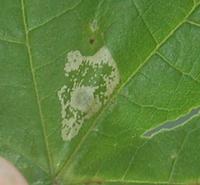
| Recorded by: Tracy S. Feldman on 2017-07-04
Durham Co.
Comment: View of a lower-surface tentiform mine on Acer floridanum (see companion photo of adult that emerged on 2017-07-17). | 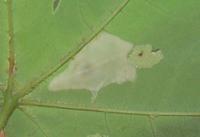
| Recorded by: Tracy S. Feldman on 2017-07-04
Durham Co.
Comment: |
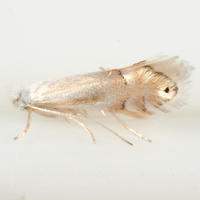
| Recorded by: Tracy S. Feldman and Charley Eiseman on 2017-05-03
Durham Co.
Comment: An adult that was reared from a lower-surface tentiform mine on Acer rubrum that was collected on 4-21-2017 (see companion photos of the mines). Photo by Charley Eiseman. | 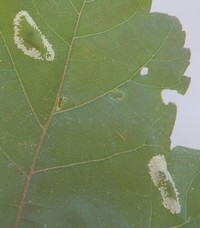
| Recorded by: Tracy S. Feldman on 2017-04-21
Durham Co.
Comment: A view of the upperside of a leaf of Acer rubrum that has two lower-surface tentiform mines. An adult emerged on 5-03-2019 (see companion photo). |
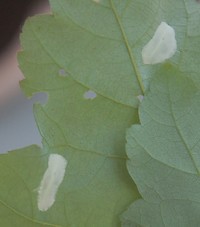
| Recorded by: Tracy S. Feldman on 2017-04-21
Durham Co.
Comment: A view of the underside of a leaf of Acer rubrum that has two lower-surface tentiform mines. An adult emerged on 5-03-2019 (see companion photo). |

 »
»




 »
»


